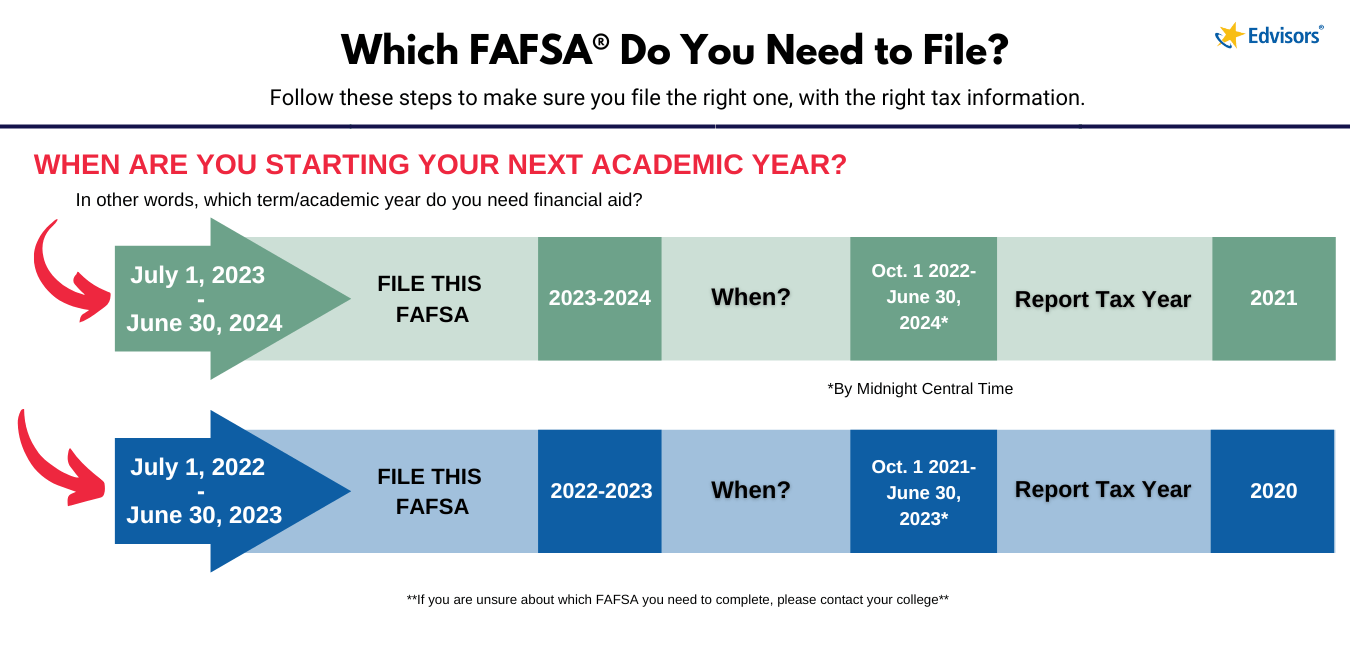
Purdue University in Indiana is a land-grant college. It is home to over seven thousand students. It boasts six traditional campuses as well as five colleges. Purdue Online offers students many ways to earn an online degree. Students have the option to choose which program best suits them.
ExcelTrackTM programs let you speed up topics that you already understand
ExcelTrack(tm) programs are one-credit courses that leverage your existing knowledge to focus on the specific pieces of information you need to learn. They also let you move at your own pace. A flat tuition rate allows you to take as many ExcelTrackTM classes as possible during a term. This is a great option, especially for students who are eager to learn and have good time-management skills.
ExcelTrack courses, which are competency-based, allow students to complete a degree more quickly and with greater flexibility. These programs combine the learning outcomes from traditional college courses with one-credit modules. These courses are flexible enough to allow students to progress at their own pace and still meet industry and employer requirements.

Open admissions policy
Purdue's open admissions policy states that students must have a high school diploma, or an equivalent. Once a student meets the minimum admissions requirements, they will need to submit proof of their high school graduation, as well as high school transcripts. Next, students will need to fill out the Common Application. This requires them to submit a personal essay as well as answer specific questions about the college.
Purdue University charges $60 for application fees. Some schools waive the application fee for students who have financial need. To be admitted to Purdue in fall 2019, students must apply by December 12. Purdue does not offer early decision or early action admissions. Students can apply early to some programs, including the Honors College for an additional USD 200
Faculty buy-in
Many faculty members at Purdue have become confused about the transition to an online campus. Many faculty members are confused about the differences between Purdue Global Online and Purdue Global. Drummond claims this is a time for transition. But he is hopeful that this transition will lead to more faculty buy-in and more effective instruction.
An online course's success depends on the support of faculty. Purdue will need to continue its efforts in order to tap into the online education marketplace. Many institutions are reluctant to transition to online education. They are still trying for the ideal student. An example of a typical online student would be someone who graduated from Oklahoma State University 1998 and has worked for ConocoPhillips 20 years. They are looking to improve their skills. This student is unlikely be interested in a Purdue Master's Degree.

Financial aid
Purdue University offers many financial aid options, including loans and grants. Purdue University has slightly higher student financial aid rates than the national median. This is due to the combination of institutional and federal aid. Your financial aid office can help you determine which programs may be of benefit to you. Private scholarships and loans may be available if you aren't eligible for loans or grants.
The cost of attending Purdue can be expensive. Cost per credit hour can vary from $150 up to $549. Purdue University's Division of Financial Aid administers financial aid. Students who take a 12-week degree program as a graduate student can apply twice per semester to receive financial aid. You can also apply for academic renew if you have been away from Purdue more than five years. After applying for financial help, you must file a FAFSA.
FAQ
What factors should I consider when choosing a major?
The first step is to decide whether you prefer to enter a particular profession straight away or attend college. You should then make a list outlining your talents and interests. Your interests can come from reading, listening to music, watching movies, talking to people, playing sports, working around the house, etc. Your talents can come from singing, dancing, drawing, painting, writing, sewing, cooking, woodworking, gardening, photography, carpentry, auto mechanics, plumbing, electrical wiring, computer programming, accounting, mathematics, chemistry, physics, engineering, medicine, dentistry, nursing, psychology, law, social work, teaching, etc. Once you've identified your interests and talents you can use them to guide you when choosing a major.
Fine arts or art history might interest you if your dream is to be an artist. Biology might be a good choice if you are passionate about animals. Pre-medicine or medical technology may be an option for you if your dream is to become a physician. Computer science and computer networking are options for those who want to pursue a career in computer science. There are many possibilities. Just think carefully about what you'd like to do.
What is homeschooling, exactly?
Homeschooling is an educational method where children are educated at home by their parents. It is also known by the names private education or self-education.
Homeschooling is a great option for families who want to teach their kids at home. This method allows children to receive a quality education from home.
Parents educate their children from birth until they graduate high school. They choose which subjects to study and how long each subject should last. The student learns everything on his/her own time.
When to start teaching children is up to the parents. Most schools recommend that children start classes at age four to twelve years. However, some families prefer to wait until their children are in kindergarten before they start teaching.
You can use any number resources to help your children through the curriculum. There are many resources that can help you learn. These include videos, books, websites, magazines and even magazines.
Many families find homeschooling fits well into their busy lives. Parents can spend more time with their children than in traditional public schools.
Is it difficult to become a teacher?
A major commitment is required to be a teacher. You will need to give a significant amount time to your studies.
While completing your degree, you can expect to work approximately 40 hours per week.
Also, it is important to find a job you can do. Part-time jobs are difficult to find for students who want to balance school and work.
If you get a permanent job, you'll likely be teaching classes during the workday. You may even need to travel to different schools throughout the week.
How much money does a teacher make in early childhood education? (earning potential)
Teachers in early childhood make an average of $45,000 annually.
But, salaries in certain areas are more than average. Teachers in large urban schools receive higher salaries than teachers in rural schools.
Salaries are also affected by factors like the size of the district and whether or not a teacher holds a master's degree or doctorate.
Teachers often start out making less than other college graduates because they don't have a lot of experience. But their earnings can rise significantly over time.
What is an alternative school?
The idea behind an alternative school is to offer students with learning difficulties access to education by providing them with support from qualified teachers who understand their individual needs.
Alternative schools provide special education opportunities for children with special needs.
In addition, they are also given extra help when needed.
An alternative school isn't only for those who have been expelled from mainstream schools.
They are open to children of all abilities and disabilities.
Statistics
- And, within ten years of graduation, 44.1 percent of 1993 humanities graduates had written to public officials, compared to 30.1 percent of STEM majors. (bostonreview.net)
- In most developed countries, a high proportion of the population (up to 50%) now enters higher education at some time in their lives. (en.wikipedia.org)
- They are also 25% more likely to graduate from high school and have higher math and reading scores, with fewer behavioral problems,” according to research at the University of Tennessee. (habitatbroward.org)
- Among STEM majors, that number is 83.5 percent. (bostonreview.net)
- Think of the rhetorical power of nineteenth-century abolitionist Harriet Beecher Stowe, Martin Luther King, Jr., or Occupy Wall Street activists with their rallying cry of “we are the 99 percent.” (bostonreview.net)
External Links
How To
What is vocational education?
Vocational Education prepares students for work by giving them skills that are required for a specific job, such as welding. It includes training on the job in apprenticeship programs. Vocational education stands out from general education. This is because it focuses less on general knowledge and more on developing skills for specific occupations. The goal of vocational education is not necessary to prepare people for university study but to help them find jobs upon graduation.
Vocational education is available at all levels of education, including primary, secondary, high school, college, universities, technical institutes as well as trade schools, community colleges and junior colleges. You can also find specialized schools such a culinary arts school, nursing school, law school, medical schools or dental schools. Many of these schools offer both academic instruction and practical experiences.
Over the past decade, a number of countries have made substantial investments in vocational education. These include Australia, Denmark and Finland, Germany. The effectiveness of vocational education is still controversial. Some critics argue that it does little to improve students' employability; others argue that it provides useful preparation for life after school.
The U.S. Bureau of Labor Statistics has estimated that 47% of American adults hold a postsecondary certificate or degree related to their current occupation. This is a higher percentage among those who have more education. 71% are currently employed in fields that require postsecondary qualifications.
According to the BLS in 2012, almost half of Americans had at the least one type of postsecondary credential. About one-third of Americans held a two-year associate degree, while about 10 percent held a four-year bachelor's degree. One out of five Americans held a master's degree or doctorate.
For those with a bachelor’s degree, the median annual income was $50,000. This is compared to $23,800 if you don't have one. The median income for those with advanced degrees was $81,300.
The median wage for those who didn't complete high school was $15,200. For those who did not complete high school, the median annual salary was only $15,200.